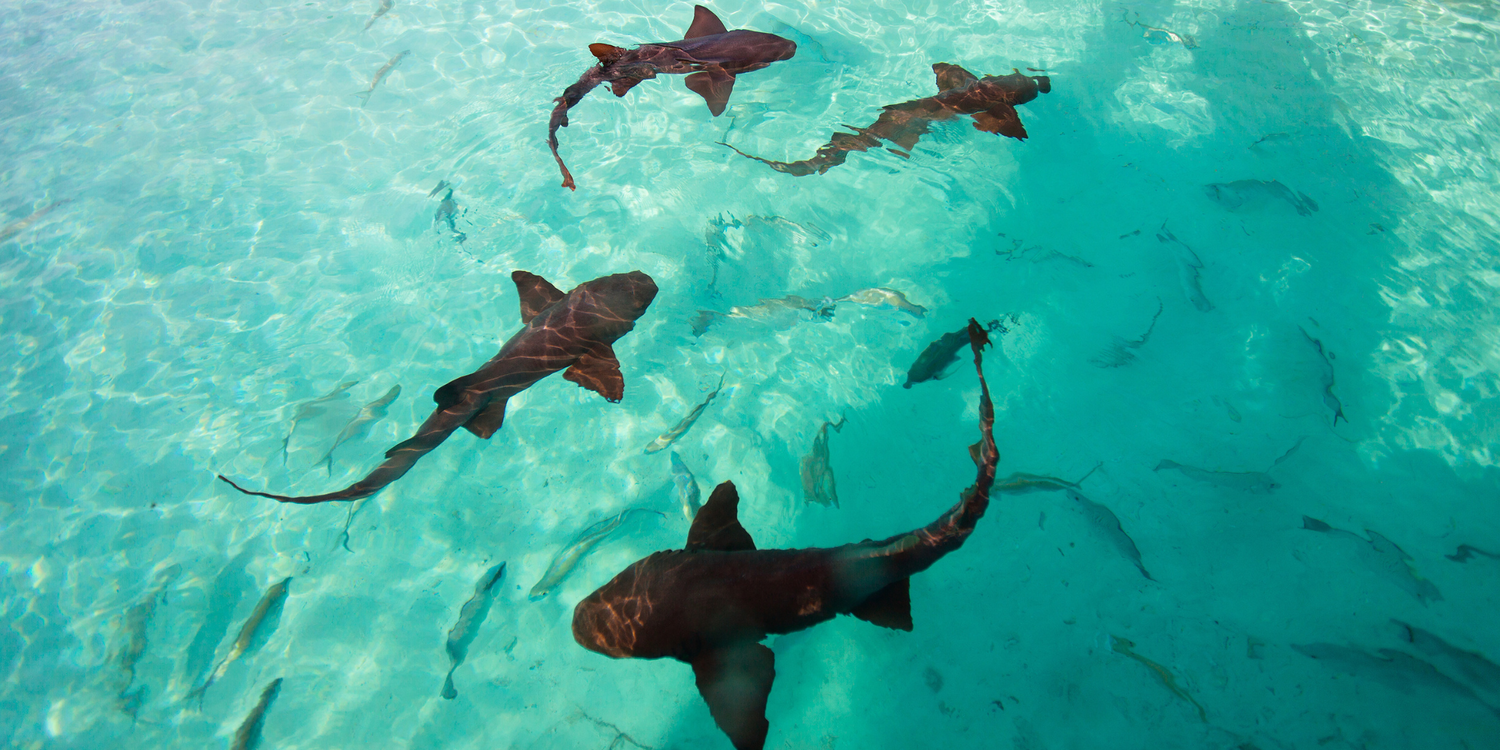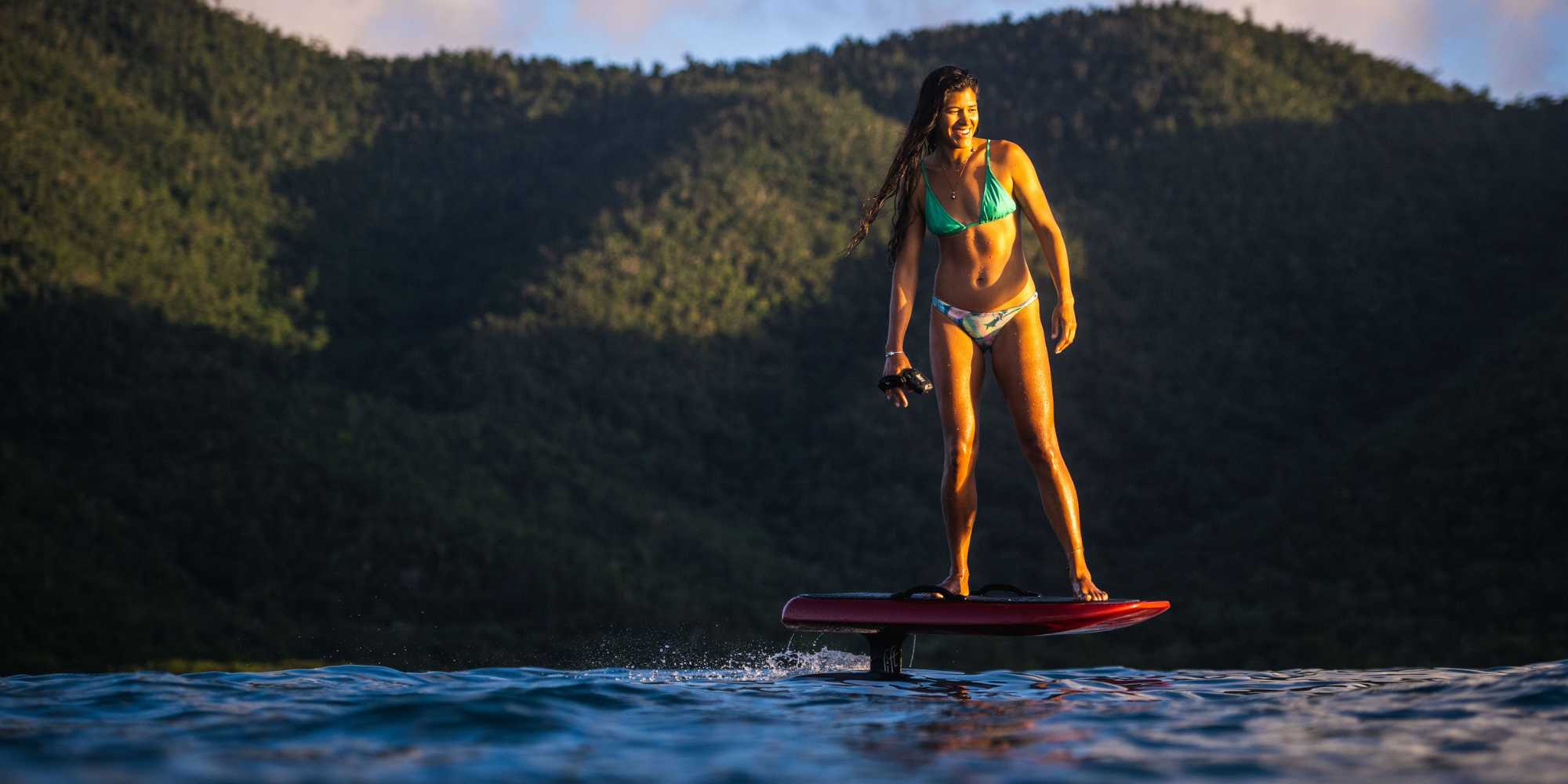Surfing, with its exhilarating waves and connection to nature, has captivated the hearts of many adventure seekers around the world. It's a sport that evokes a sense of freedom and a profound connection with the ocean. However, there's one fear that often lurks in the back of every surfer's mind: sharks. The fear of encountering these powerful creatures can be a significant barrier to fully enjoying the surfing experience. But what if we approached this fear from a surfer's point of view? Let's dive in and discover how we can conquer this fear together.

The media often sensationalizes shark encounters, leading to a disproportionate fear that can overshadow our passion for surfing. It's crucial to approach this fear with knowledge, understanding, and a respect for these magnificent creatures.
Goals:
1. Gain Insight Into Shark Behavior
2. Debunk Myths
3. Adopt Practical Strategies
4. Empower Your Surf Experience
So, whether you're a seasoned surfer or a beginner ready to catch your first wave, let's explore how we can overcome the fear of sharks and forge a deeper connection with the ocean realm.
Conquering the fear of sharks isn't just about reclaiming our enjoyment of surfing; it's about expanding our understanding and appreciation for the marine environment. The ocean is a delicate ecosystem, and sharks play a vital role in maintaining its balance. By confronting our fears, we can actively participate in ocean conservation efforts and contribute to the preservation of these awe-inspiring creatures and their habitats. Moreover, overcoming our fear of sharks allows us to explore new surf spots, venture into deeper waters, and embrace the full spectrum of what surfing has to offer.
Understand the Statistics and Reality
To overcome the fear of sharks, it's essential to grasp the reality of shark attacks. While media headlines may portray sharks as relentless predators, the truth is that shark attacks are extremely rare. According to the International Shark Attack File, the average number of unprovoked shark attacks worldwide is only about 80 per year, with the majority being non-fatal. These numbers are minuscule compared to the millions of people who enjoy the ocean safely each year.
Media sensationalism often perpetuates a distorted perception of shark behavior. News stories focusing on rare shark encounters can instill unnecessary fear and anxiety. It's crucial to separate facts from sensationalism and seek reliable sources of information.
By seeking out credible information, such as the Shark Research Institute and marine biology institutions that provide accurate data, we can challenge misconceptions and develop a more informed understanding of sharks and their behaviors, ultimately alleviating our fears.
III. Educate Yourself about Sharks
Knowledge is a powerful tool when it comes to overcoming fear. Learning about different shark species, their habitats, feeding habits, and typical behaviors can help us recognize that they are not mindless hunters seeking human prey, but rather essential components of the ocean ecosystem.
Fortunately, there is a wealth of resources available to help us expand our knowledge about sharks.
Books:
"The Shark Handbook" by Greg Skomal
"Sharks: The Animal Answer Guide" by Gene Helfman
Documentaries:
"Blue Planet II"
"Sharkwater"

IV. Develop Ocean Awareness
Developing a comprehensive understanding of the ocean and its ecosystems is crucial in overcoming the fear of sharks. By educating ourselves about marine life beyond just sharks, we gain a broader appreciation for the interconnectedness of the ocean's inhabitants. Learning about other marine creatures, their behaviors, and the delicate balance of marine ecosystems helps us see sharks as an integral part of a complex and beautiful web of life.
Taking an active role in ocean conservation can significantly contribute to overcoming the fear of sharks. When we become advocates for the protection of marine life and their habitats, we align ourselves with a greater purpose. Participating in beach cleanups, supporting local marine conservation organizations, and spreading awareness about sustainable fishing practices all play a part in preserving the ocean's health.
V. Practice Safety Measures
Surfing in groups and maintaining proximity to shore is an effective safety measure to alleviate concerns about sharks. Sharks are more likely to be deterred by a larger group of surfers and tend to avoid crowded areas. By surfing with friends or joining a local surf community, we not only enhance our safety but also find support and camaraderie in facing our fears together. Additionally, staying closer to shore reduces the chances of encountering sharks in deeper waters where they may naturally roam. This precautionary approach allows us to enjoy the thrill of riding waves while minimizing potential risks.
Preventative Tools & Shark Deterrent Devices
Advancements in technology have introduced various shark deterrent devices and safety equipment designed to mitigate the risk of shark encounters. These include personal shark deterrent devices worn on the ankle or attached to surfboards, such as electromagnetic or acoustic devices.
The Yacare Caiman Effect
White stripes are believed to deter sharks and reduce the likelihood of shark attacks. This phenomenon, known as the "yacare caiman effect," draws inspiration from the natural world. The yacare caiman, a crocodilian species found in South America, possesses distinct white stripes along its body.
Researchers have theorized that these stripes create an optical illusion when the yacare caiman moves through the water. The stripes disrupt the predator's ability to accurately judge the caiman's size, speed, and distance, leading to confusion and hesitation. This defensive mechanism has inspired the exploration of similar tactics to protect humans from shark encounters.
By applying this concept to human-designed watercraft and equipment, scientists have developed innovative solutions. For instance, surfboards, kayaks, and even wetsuits with strategically placed white stripes can help deter sharks. When a shark approaches such an object, the contrasting patterns create an optical distortion that can disrupt the shark's perception, making it less likely to perceive the object as potential prey.
While the exact mechanisms behind the white stripes' deterrent effect on sharks are not yet fully understood, ongoing research and testing continue to shed light on this intriguing phenomenon. By leveraging nature's own strategies, scientists strive to enhance human safety and reduce the chances of negative interactions between sharks and people in aquatic environments.






Leave a comment
This site is protected by reCAPTCHA and the Google Privacy Policy and Terms of Service apply.